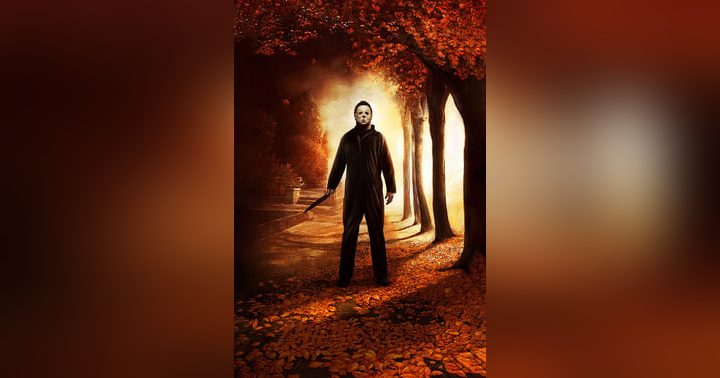Juggling Fear & Fun: The Paradox of Clowns in Horror

Long before the days of Stephen King’s Pennywise or Damian Leone’s Art the Clown, the clown has had a…complex relationship with our world.
For centuries, even millenia, the clown; the jester; the fool; no matter what name it has held, has not only been present, but celebrated in folklore, literature and the day to day lives of which we lead.
They are the origins of comic relief, borne of times when the true nature of things were so dire, so dark and grim that they looked to the fool to bring them solace and light.
Think about the role of the court jester, to entertain their world-weary kings amongst Dark Age atrocities and wars. Playwright William Shakespeare knew that if all he wrote of was tragedy and sadness, his audience would leave him, so he added a laugh line.
Often billed as “The Fool” they strutted their own hours upon the stage alongside kings and lovers reciting poetic lines of iambic pentameter. Hamlet even mourns the passing of the beloved jester of his youth:
“Alas poor Yorrick, I knew him well, Horatio.”
Even rodeo clowns have their place in the hierarchy, offering protection from more corporeal pain than emotional but using the same vim and vigor of their theatrical counterparts as they distract angry bulls long enough for their ejected riders to scramble to safety.
Clowns are the proverbial sin-eaters of our world. The goofy airbags that have the ability to shield us crash test dummies from the brick wall of cold hard reality.
Interestingly enough, these very qualities are quite easily turned on their head when in the heads and pens of horror creators.
Pennywise seeks to scare his meals before devouring, but the fear is simply a little seasoning on what he is actually feeding on…the darkest desires and secrets that all of us bury down. Art the Clown is also well acquainted with the sins of the world that he inhabits. But unlike poor Yorrick or Bozo the Clown, he has become what he eats. He has allowed those sins to infest him like a bad case of food poisoning and enacts out those dark fantasies that we trust clowns to protect us from in gory, bloody fashion.
But of course, even masters of horror cannot simply conjure a brand new fear and implant it into our minds en masse.
Coulrophobia (the clinical term for fear of clowns) can also be traced back to the same reasons why pictures from the “uncanny valley” deeply unsettle us. On paper, a clown is no different from you or me. They have eyes, and a mouth, two hands and a (sometimes big and red) nose. But in practice, those features are enhanced, traced and highlighted in striking colors on top of an unnatural pallor. Their personalities too are purposely given the larger than life treatment, further suggesting that what walks among us is more impostor than friend.
So while the fear of clowns may have always been there, lying dormant enough to be a slight twinge of nerves when a clown of old walked along the stage to perform for a crowd. It was their introduction into the mainstream of cinema and pop culture that made such conversations less taboo, less foolish. A shared experience long shouldered off as too silly to even name.
So, the question that stands to reason is this: Who’s the real winner in this coulrophobic stand-off? Has our recognition of clowns as potentially sinister things left us on top? Or has it simply allowed them to more comfortably navigate our circus of a world in big shoes and toothy red-lined grins?
Whichever way the coin lands in that toss-up, my bet is that the clowns will always be the ones going out laughing.


